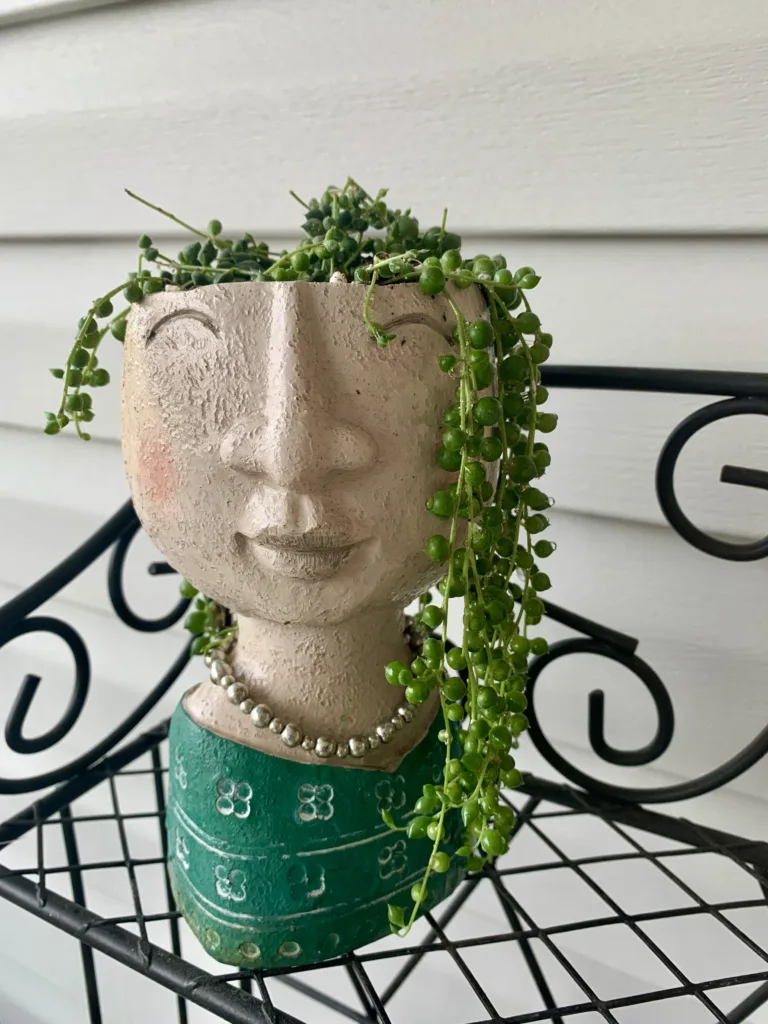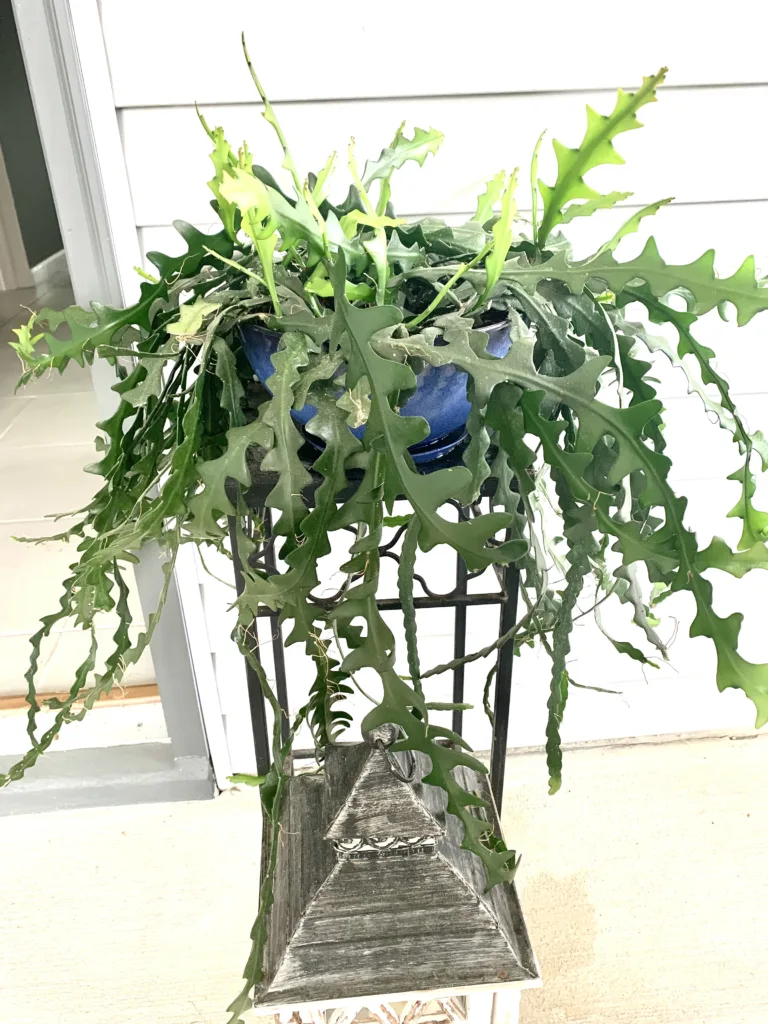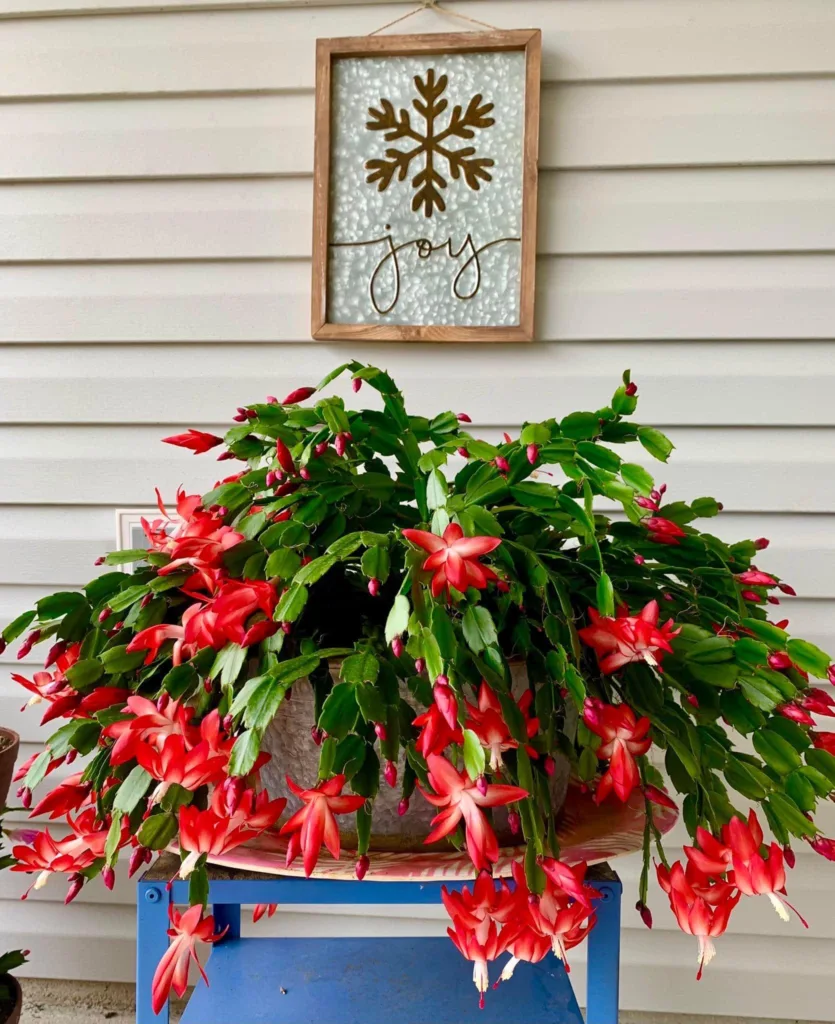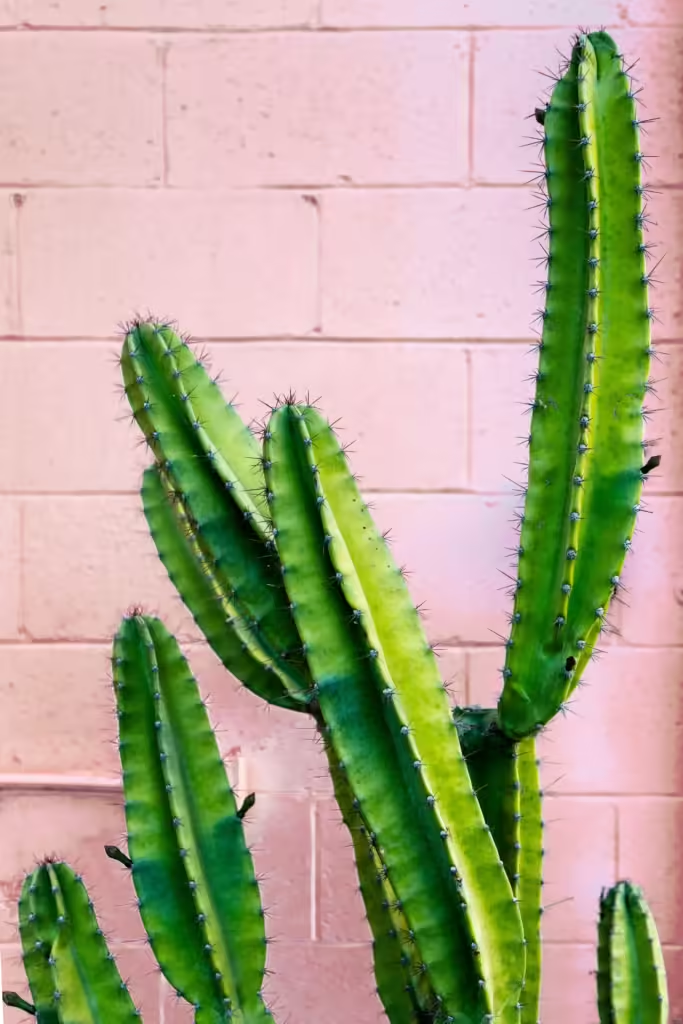If you are looking for a unique and low-maintenance cactus to add to your collection, the Blue Torch Cactus (Pilosocereus pachycladus) is an excellent choice. Also known as the Blue Columnar Cactus, this beautiful plant originates from Brazil and is characterized by its blue-green stems, which grow tall and straight, with prominent ribs and small yellow spines. The Blue Torch Cactus is not only a stunning addition to any garden but is also relatively easy to care for. This blog post will guide you on how to grow and care for this beautiful cactus including the best pot type, soil type, light and water requirements, fertilizer, and how to propagate.
Best Pot type for Blue Torch Cactus
When selecting a pot for your Blue Torch, you need to ensure that it is wider and deeper than the size of the plant’s root ball. This provides enough room for the cactus to grow in the future and prevents the plant from becoming root-bound. Additionally, select a pot with a drainage hole to prevent waterlogging, and always use cactus soil mix, which is well-draining.
Soil Type
Blue Torch Cactus prefers well-draining, sandy soil. You can make your own soil mix by combining equal parts of sand, pumice/perlite, and cactus soil mix. This soil mix allows for sufficient drainage and prevents waterlogging.
Light Requirements
The Blue Torch Cacti thrives in bright light, including direct sunlight. Therefore, it is essential to place the cactus in an area with at least 6 hours of sunlight per day. However, avoid exposing it to intense rays during the hottest part of the day. You can always supplement with an LED grow light.
Watering the Blue Torch
Regarding water, the Blue Torch Cactus is a drought-tolerant plant and only requires watering when the soil feels completely dry. During winter, reduce watering and allow the soil to dry for longer periods.
Fertilizer Needs
The Blue Torch requires little or no fertilizer but can benefit from a balanced liquid cactus fertilizer once every month during the growing season (spring and summer). Overfertilizing can lead to overgrowth or damage to the roots, and it’s essential to follow the manufacturer’s instructions while applying any fertilizer.
Propagating the Blue Torch Cactus
Propagating the Blue Torch Cactus is a straightforward process. All you need to do is cut a section of the stem and leave it in a shady place for a few days to dry. After that, plant the stem cutting in a cactus soil mix, and water sparingly. Ensure that the soil is well-draining and keep it moist until you see new growth, indicating that the cuttings have successfully rooted.
Happy Gardening!
In conclusion, the Blue Torch Cactus is a stunning and easy-to-care-for plant that can add a unique touch to any garden. When cultivating this Cactus, always ensure that you select the right pot type, soil type, light and water requirements, fertilizer, and propagation techniques. With proper care, the Blue Torch can grow into a beautiful towering plant and make a statement in any garden.
Please be sure to check out my Gardening Blog Post Page for more tips on all types of gardening. Including Seed Saving, Seed Starting, Orchids, Water Gardening, Coldframe Gardening, Indoor Bulb Gardening, Hydroponics, Container Gardening, Mums, Herbs, African Violets, planting Bulbs, Flower Gardening, Vegetable and Fruit Gardening, Indoor Houseplants of all kinds, Cactus, Succulents, Hanging plants, Deer resistant plants and even Bird, Bee, Butterfly and Hummingbird Gardens!




